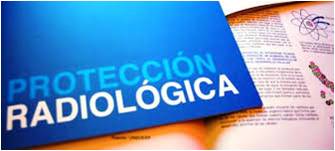
HAVANA, Cuba, Feb 1 (ACN) The Center for Radiation Protection and Hygiene (CPHR), one of the institutions of the Nuclear Energy and Advanced Technologies Agency (AENTA), is promoting an innovative project management for this year, a step in line with the need to contribute to food safety, the fight against climate change, human health and the export of services, said Physics Engineer Gonzalo Walwyn Salas, general director of the group.
The expert mentioned the experiences gained by the specialized staff of the CPHR, which stemmed from the National Institute of Nuclear Research 35 years ago, when the country's Radiological Protection System began to take shape.
Their work included individual and site monitoring, studies of the biological effects of radiation, expansion of the system as such, and waste management, among others, and then focused on scientific-technological services, a telling example of which were the studies of radiological effects on children as a result of the accident at the Chernobyl nuclear power plant in Ukraine on April 26, 1986.
In response to a request for international aid from the government of the then USSR, Commander-in-Chief Fidel Castro launched an integral care program for children affected by disasters, which Cuba funded and developed for more than 19 years.
Shortly thereafter, the CPHR accredited its main laboratories to quality management standards and extended its scope to pesticide production, environmental sanitation services, radiological control of imported and exported foods, and the use of nuclear techniques to assess soil and water resource sustainability, as well as to other fields that included consultancy in radiological protection and conventional hazardous waste management.
The CRPH was created in 1984 by the then Executive Secretariat for Nuclear Affairs (SEAN) in its capacity as competent national authority for radiation protection and nuclear safety.
Sidebar

 Agencia Cubana de Noticias
Líder en información nacional
Agencia Cubana de Noticias
Líder en información nacional








Nos reservamos el derecho de no publicar los comentario que incumplan con las normas de este sitio